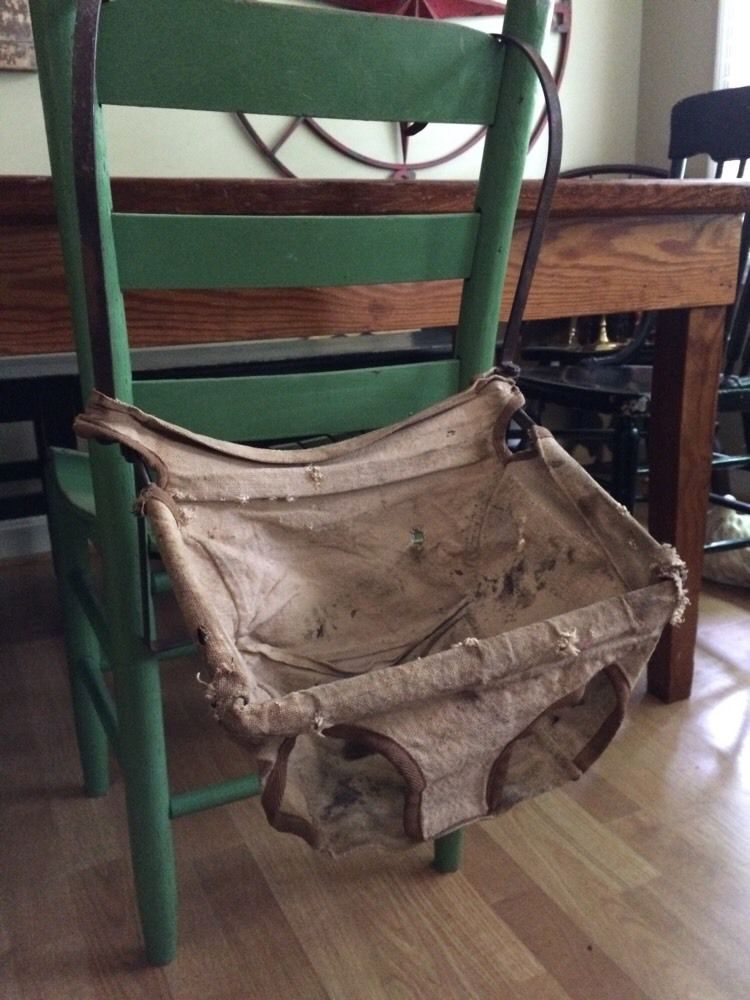Unequivocally, the safest way for children to travel in cars is in a child car seat that is suitable for their weight, age and size. For many a parent (or guardian) trying to pick your way through the incomprehensible range of child restraint seats from the many manufacturers on the market that are equipped with endless innovated features, whilst trying to adhere to regulations, requires a university degree.
Selecting the right seat for the age and weight of your child is dictated by regulations; however, for Groups I and II parents have the option of selecting either a forward or rear facing child restraint seat. This article aims to best inform parents when it comes to choosing either forward or rear facing child seats by investigating what the law says, defining each type of seat and providing the pros and cons.
What the regulation says
It is mandatory by law that all children must travel in an appropriate child restraint (child car seat) until they reach 135cm (4ft 5in) tall, which is approximately 10 years for boys, 12 years for girls, or 36kg (5st 10lb). However, experts recommend that a child seat is used for all children under 150cm (4ft 11in), and should the child be more than 36kg height should be used and not weight [1].
The term ‘appropriate child restraint’ means that your child must conform to the regulation when travelling in a vehicle, therefore in a child seat that:
- Conforms to the United Nations standard, ECE Regulation 44.04 [2] or to the new i-size regulation, R129 [3].
- Is suitable for your child’s weight and size, or height (if buying an i-Size seat [3]).
- Is correctly fitted according to the manufacturer’s instructions.
The i-Size is a new regulation [3] for child car seats that will run in parallel to the current regulation ECE R44 and will continue in tandem until approximately 2018. The key changes are that i-Size will make rearward facing travel mandatory for children up to 15 months, will require ISOFIX only seats and the introduction of a side impact test. i-Size will make it easier for parents to choose and install the right child seat and will make travelling for children even safer.
There are, however, exceptions to the law. Children can travel without a child car seat in taxis, minibuses, coaches and on unexpected journeys in personal vehicles.
For licensed taxis, minibuses and coaches, children are permitted to travel without a car seat but must meet certain rules dependent on age:
- Children under 3 years old must sit on the back seat and can travel without a seat belt.
- Children who are 3 years old or more must wear an adult seat belt.
If in a minibus or coach all children must travel in seats behind the driver. Whilst the operator does not have to provide child car seats, if a child car seat is available it should be used.
For unexpected journeys in personal vehicles, journeys are considered unexpected if all of the conditions below are met:
- Unexpected – Not part of a usual routine such as school trips.
- Necessary – Where the child might come to harm if not transported.
- Over a short distance.
Children under 3 years old cannot travel in a vehicle without a seat belt or the correct child car seat (except in a taxi).
Children 3 years old or more can use an adult seat belt for an unexpected but necessary journey if the correct child seat is not available.
To help make the process of selecting the correct child restraint seat easier The United Nations standard ECE R44/04 [2] categorizes child restraints into five ‘mass groups’, see Table 1.
Table 1: Child Restraint Systems Group Classifications
| Classification | Facing | Weight Range | Approximate Age Range |
|---|---|---|---|
| Group 0 | Laying (in carrycots) or Rear facing (in infant seats) | Birth to 10 kg (22 lb) | Birth to about 11 months (boys) or 14 months (girls) |
| Group 0+ | Rear facing | Birth (2–3 kg) to 13 kg (29 lb) | Birth to about 12-15 months* |
| Group I | Forward facing or Rear facing | 9 to 18 kg (20 to 40 lb) | 9 months to 4 years |
| Group II | Forward facing or Rear facing# | 15 kg to 25 kg (33 lb to 55 lb) | 4 to 6 years |
| Group III | Forward facing | 22 – 36 kg | 4 to 10 years |
* The i-Size regulation [3] will make rearward facing travelling mandatory for children up to 15 months by approximately 2018. / # Make sure the seat is certified for up to 25 kg.
Table 1 outlines the appropriate weight and age for moving babies and younger children up to the next group, however, moving them up before they reach the maximum weight for their seat could lead to severe injuries in a crash. Whilst the law dictates that children must remain rear facing up to around 12-15 months (when the i-size comes into effect around 2018, this will be mandatory at 15 months) parents are free to select either forward facing or rear facing child seats from Group I onwards.
It is becoming increasingly highly recommended that kids are left in a rear facing child car seat for as long as possible. In many parts of Scandinavia children are often found sitting rear facing until around 4 years old. Rear facing car seats are considered to be significantly safer in frontal collisions, which are the most likely to cause severe injury and death [4–14]. In the wake of such overwhelming evidence, why do so many parents think that their kids will be happier facing forward? The facts are given below starting from fundamentals.
How do I tell the difference between forward facing and rear facing seats?
On first reflection, looking at both types of seats there does not appear to be much difference between the two types. However the two seating types do differ in seat angles, anchorage points, attachments, seat tilt and seating height. When installed they can be defined as:
Forward Facing means facing in the normal direction of travel of the vehicle.
Rearward Facing means facing in the direction opposite to the normal direction of travel of the vehicle.
When did life begin for both forward facing and rear facing seats?
During the early years of the motorised vehicle in the 1900s, all forms of restraints were put into place to protect adults without much thought for children. Car seats for children surfaced in the 1930s as a way of keeping kids contained in moving vehicles. They were nothing more than a burlap sack (a light tan or soft brown woven fabric usually made from the skin of the jute plant or sisal fibres) with leg holes, see Figure 1.
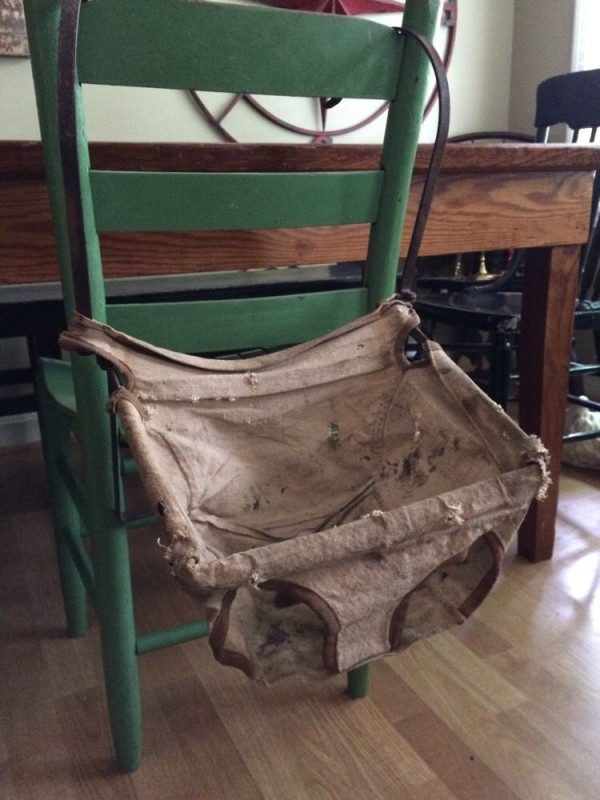
Figure 1: Burlap Sack Child Seat [15]
In the years following the burlap sack, the Bunny Bear Company made several designs of children’s car seats, one of which is shown in Figure 2. Again, these child seats were not designed for the purpose of protecting children in the event of an accident, but instead were used firstly to restrict the children and secondly to raise them above the level of the passenger seat so that they could be more visible to adults from the front seat.
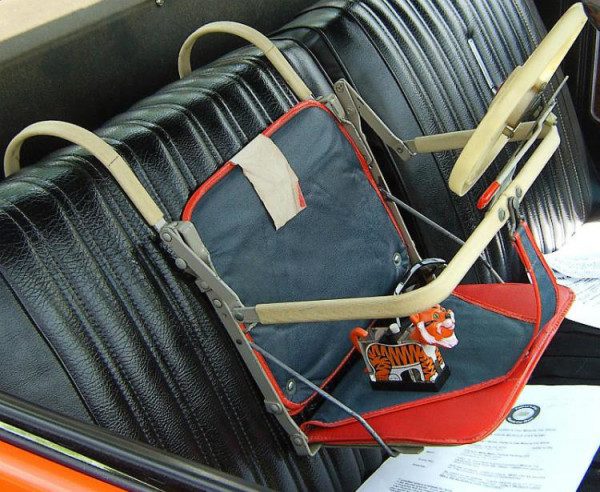
Figure 2: The Bunny Bear Company Child Seat Design 1933 [16]
The 1960s saw the real move towards addressing safety for children in vehicles. In 1962 two inventors unware of each other’s plans designed child seats with the purpose of protecting children. British inventor Jean Ames created a rear facing car seat, complete with a Y-shaped strap system to securely hold the baby in place in an accident [16]. He chose rear facing because he was operating on the idea that decelerating in the same direction the car is moving would be the safest. At about the same time American Leonard Rivkin of Denver, Colorado, designed a forward facing child seat which saw the child buckled into a chair surrounded by a metal frame. The seat could be used on the front or back bench seat, and even between the two seats [17], see Figure 3.
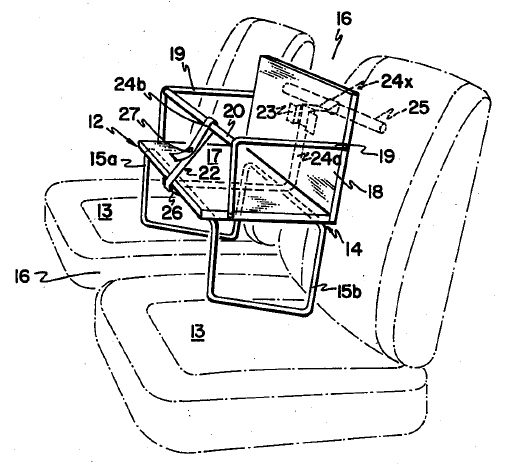
Figure 3: Leonard Rivkin Strolee National Safety Car Seat for Children [17]
The first set of credible forward facing and rear facing seats were designed by vehicle manufacturers like Volvo, Ford and GM. In Sweden in 1964 Professor Aldman [18] presented the first rear facing prototype child seat which would work to avoid head inertia loading of the slender neck and to distribute the energy of the impact of a collision. Inspired by space travel whilst watching TV, Aldman’s had noticed the position of the astronauts in a space capsule. By lying on their backs in the opposite direction to the force of acceleration they were better able to withstand the acceleration. Aldman believed that this principle could be applied to protect a child in the event of a head-on collision, so designed a type of rear facing seat and crash tested it in a Volvo PV544, see Figure 4.
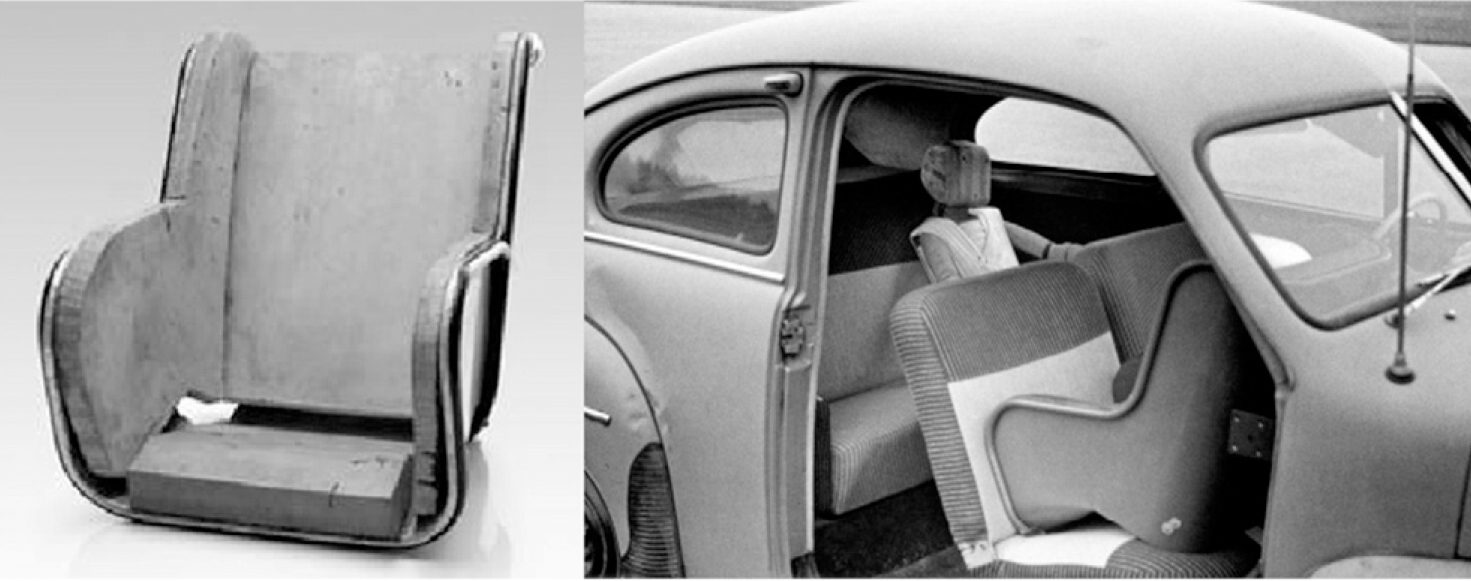
Figure 4: World’s First Rearward Facing Child Seat, (a prototype from 1964, crash tested in a Volvo PV544) [18]
Ford Motor Company in 1968 came up with the “Tot-Guard” which was a moulded plastic chair that was buckled into place by the existing seat belt. It featured a padded console in front of the child to cushion the impact in an accident [16]. General Motors soon came out with their own safety seat, the Loveseat for Toddlers, followed closely by the rear facing Loveseat for Infants [19], see Figure 5.
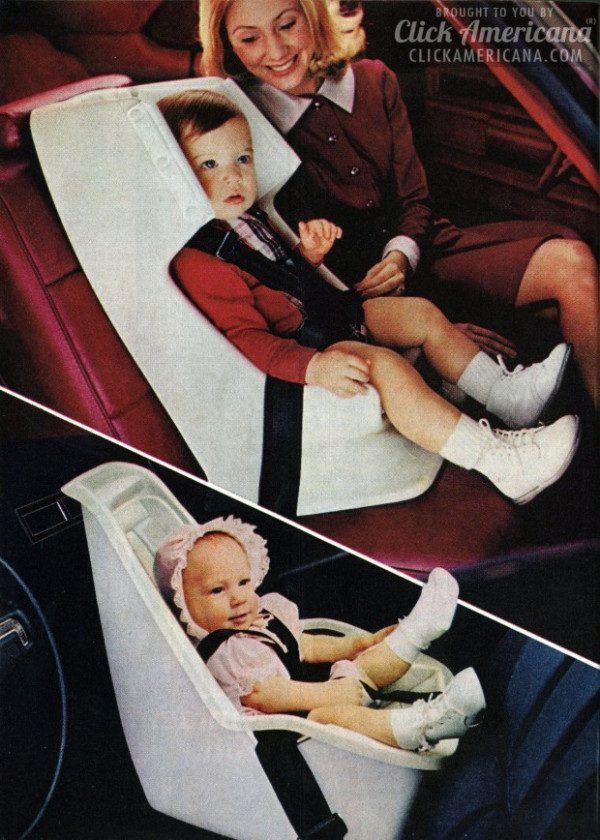
Figure 5: General Motors Forward Facing Loveseat for Toddlers and Rear Facing Loveseat for Infants [19]
What are the benefits and challenges of forward facing child seats?
Inception of both types of seats occurred at the same time by two inventors in the 1960s. However, forward facing seats received more attention than rear facing seats in the Group I category. An early laboratory sled tests study by a team in the US [20], found that using forward facing child restraint systems was the best way to protect child occupants in vehicles. The study reported that correctly used forward facing child seats reduce the risk of death and injury by approximately 70% as compared with children who were unrestrained. The findings also showed that spreading the crash forces over the shoulders and hips and controlling the head movement during a crash kept children safe. In the same study they also found that the effectiveness of a partially misused restraint system still reduced the risk of fatality and serious injury by approximately 45%.
Since these early studies, there have been numerous changes in forward facing child seats. A summary of the benefits and challenges for forward facing child seats can found in Table 2. Benefits of forward facing child seats are not discussed as readily as rear facing seats as they have become the standard for Group I child seats. Some of these benefits include ease of use and how widely available they are. However, there are a growing number of criticisms for forward facing child safety seats, indicating that available data does not support the necessity of forward facing child safety seats for children over two years old, and there have been arguments that the cheaper and simpler alternative of seat belts offer similar protection to forward facing seats [21]. As expected, subsequent peer reviewed studies have disproved this argument, finding that child safety seats offer considerable safety advantage over seat belts alone [22, 23]. As compared with seat belts, forward facing restraint seats are very highly effective in preventing serious injuries.
Table 2: Benefits and Challenges of Forward Facing Child Seats
| Benefits | Challenges |
|---|---|
| Widely used
Biggest manufacture base Cheaper than rear facing* Easy to install Child facing direction of travel |
Not as safe as rear facing
Question about effectiveness against seat belts# [21] |
* When buying quality equivalent / # Whilst this may be a challenge, without question forward facing child seats are better than seat belts [22, 23].
What are the benefits and challenges of rear facing child seats?
The pioneering work conducted in 1969 by Burdia and team [24], into paediatric and anatomical considerations for design of child restraints, coined the term ‘children are not small adults’ and set the foundations outlining the benefits of rear facing seats, see Figure 6.

Figure 6: Children Are Not Small Adults: Injury Prevention using Rear Facing Child Seats
Child occupant fatalities and injuries occur mostly in frontal and side impacts for children seated in passenger vehicles. The head is the most frequently injured body part for forward facing children regardless of crash direction [25–28]. Burdia’s findings that children are not small adults has been considered during the development of current restraints that protect the child in an accident. The head, neck, spine, and pelvis are body parts which develop with age changes. The rear facing child seat offers the ability to lessen any effects in an accident by distributing the crash load over a large area of the body and has proved to be a very efficient means of reducing child injuries and fatalities. However with all products there are areas which limit their uptake, and the perceived challenges are cost, weight, installation and availability. A list of both benefits and challenges has been summarised in Table 3.
Table 3: Benefits and Challenges of Rear Facing Child Seats
| Benefits | Challenges |
|---|---|
| Reduced forces on neck/head
Reduced forces on shoulders Reduced forces on back Forces distributed over greater surface area 5 times safer than forward facing |
Difficult to install
Limited leg room Heavy Child travelling rear facing Limited stores to buy from Cost |
What does the science say about rear facing seats?
The most dangerous collisions tend to be frontal collisions which normally occur at high speed. Children in a forward facing seat will be thrown forcefully forwards until they are restrained by the harness, which in turn prevents them from being ejected from their seat. Whereas in a rear facing child seat the deceleration load is spread across the shell of the car seat, so is less concentrated on the head and neck, which in turn minimises their head movement and the risk of serious injury [25–28], see Figure 7.
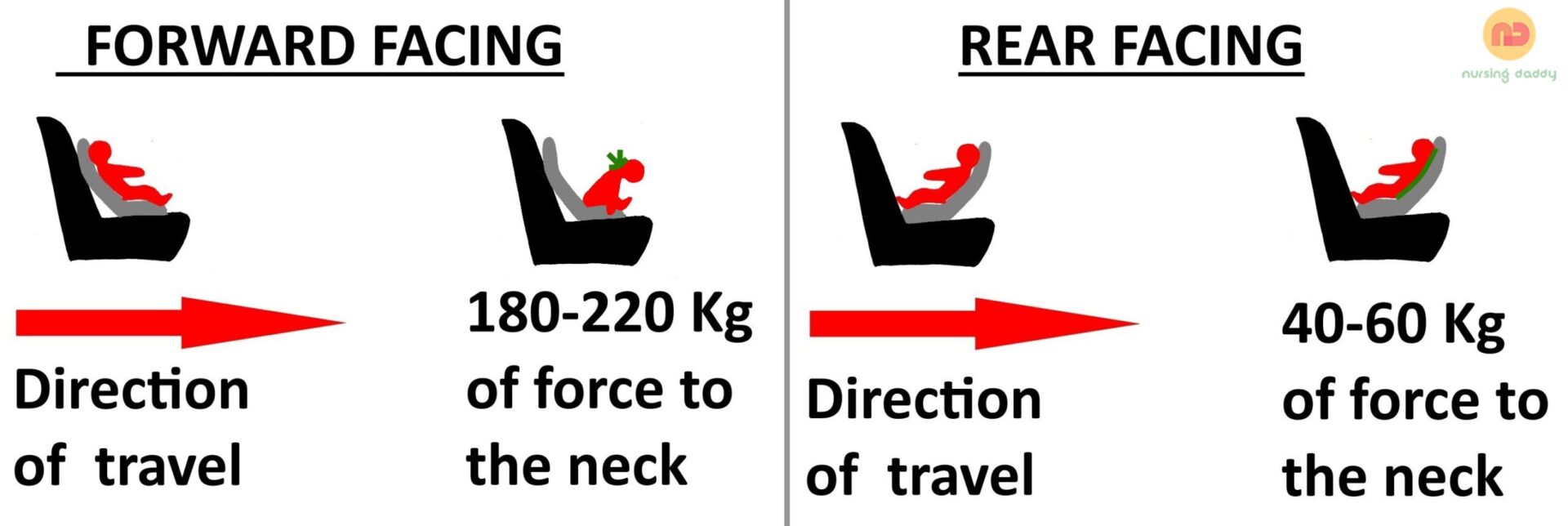
Figure 7: Force Distribution in a Frontal Accident for Forward and Rear Facing Child Seats
As indicated in Figure 7, for a frontal impact using a forward facing child seat, a child’s neck is subjected to a force equivalent of between 180-220kg. The same child in a frontal impact in a rear facing child seat is supported by the seat because it provides cushioning for the head, neck and back and reduces the force on the neck to an equivalent of between 40-60kg [29, 30].
In layman’s terms the protection offered by using a rear facing child seat can be viewed as a parent cradling a child’s head in the event of an accident, see Figure 8. In an accident with a forward facing seat a child’s head will move away from the protection of a parent’s hand, whilst a child’s head in a rear facing seat will move into the protection of a parent’s hand, thus offering the head and neck the vital cushioning it needs.

Figure 8: Illustration of Forward and Rear Facing Child Seat with Head Protection
As mentioned above, Burdia and team [24] found that children are not young adults, and there exists structural differences between children of different ages and adults. Figure 9 illustrates the changes in the overall body dimensions from a new born to an adult [24]. The head is proportionally larger and heavier in a child compared with an adult, and the face-brain proportions are different resulting in a higher centre of gravity for a child. At 3 years of age the head mass is 80% of the adult mass, and at 10 years of age it is approximately 95%. This represents 25% of a child’s bodyweight. If an adult’s head were the same proportions as the child’s then it would weigh 20kg.
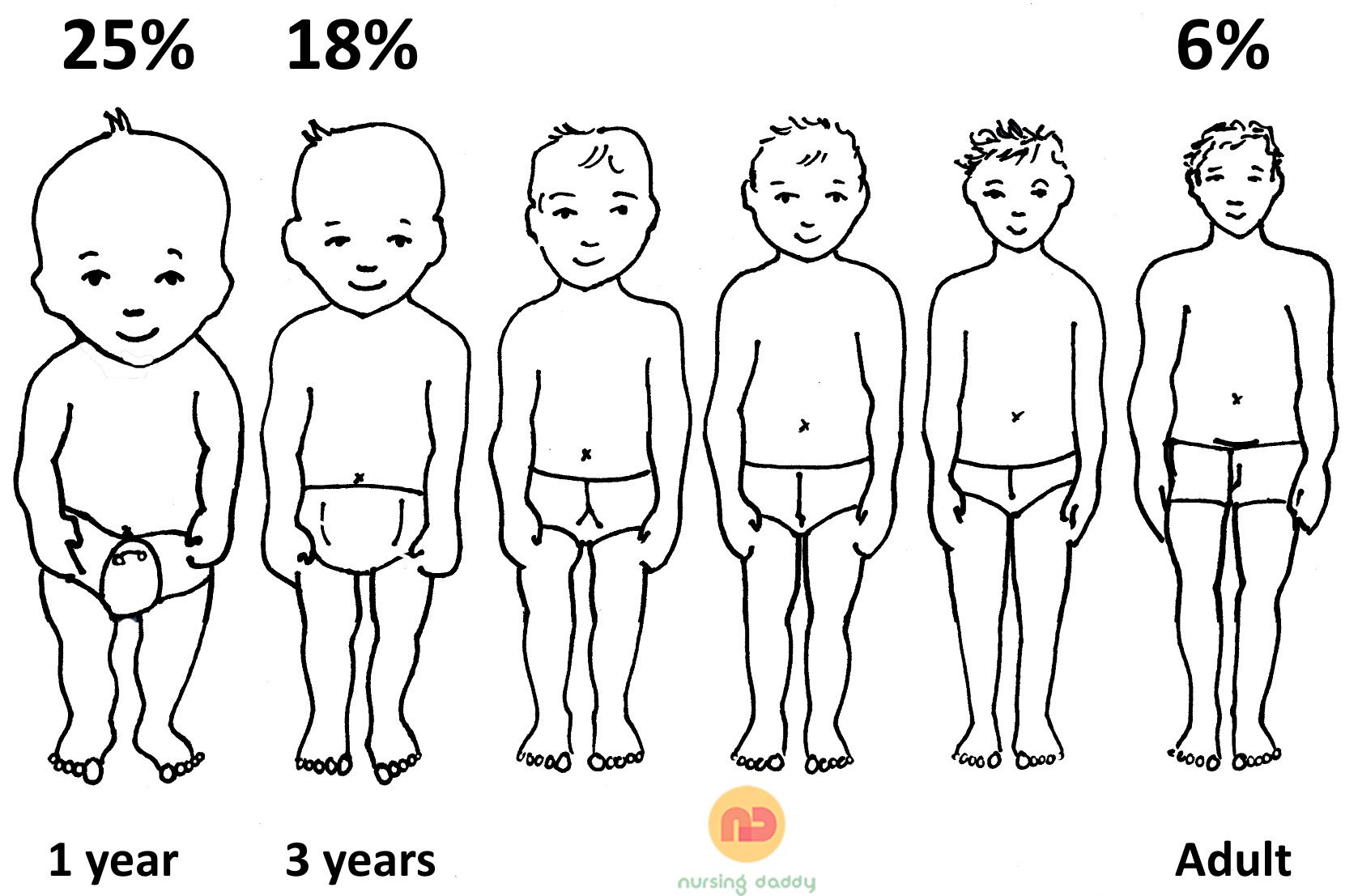
Figure 9: Growth/Proportional Changes in Body Segments with Age (Baby to Adult)
Often the word Scandinavia is brandished around when people speak about car safety; however, there is one country that sets a standard and that is Sweden. Below are some facts that have been uncovered during studies in Sweden:
- A rear facing car seat keeps your child 5 times safer in a collision as it cradles the back and neck of the child and keeps the spine in alignment [29, 30].
- Force exerted on a child’s neck in a rear facing car seat is less than a fifth of that in a forward facing seat. When you consider that a young child’s head accounts for 25% of their body weight. This is massive and is comparable to an equivalent of an adults head weighing 20kg [30].
- Most accidents involve a frontal collision, meaning a child in a forward facing seat will experience additional loading to the head, neck, spine and pelvis [25–28].
- Studies conducted by Volvo and Folksam on both traffic accidents show that a child up to the age of 4 years, has a 5 times greater chance of surviving and/or avoiding serious injury if sitting rear facing rather than forward facing in the car. Traffic accident studies from Volvo show that amongst children sitting rear facing in the age group 0-4 years, only 8% were injured and needed medical assistance. For children sitting forward facing in the same age group, 40% of the children needed medical assistance [29, 30].
- The number of children hurt in car accidents in the UK compared to Sweden is higher. Under 1 years the difference is minimal, but once UK parents start turning their children forward at 9kg or 12 months the difference increases sharply [31], see Figure 10 below.
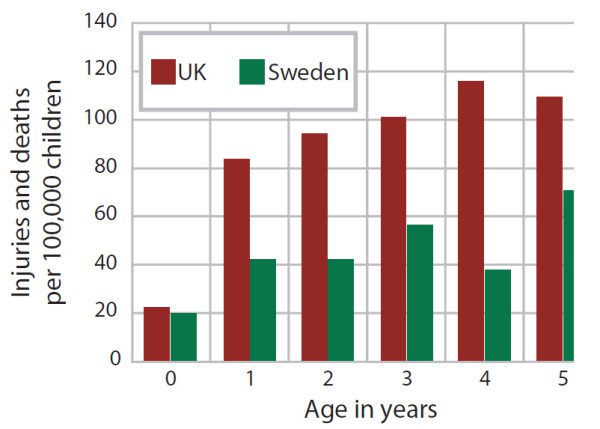
Figure 10: Number of Children Hurt In Car Accidents between UK and Sweden [32]
Concluding Remarks
There are arguments to be had for and against both forward facing and rear facing child car seats. The evidence in favour of using rear facing child seats is staggering, but it must be noted that not all rear facing child car seats are good. Plus installation of the rear facing child seats are noted to be difficult and if installation is done incorrectly reduces the safety benefits.
With so much research and evidence being built up over the years from simulation and actual crash tests, the EU are introducing new regulations to keep babies rear facing until 15 months, which is testament to the safety benefits of rear facing seats.
Parents, often either ill-informed or wanting to ensure that their loved ones are happy, turn their babies forward facing as soon as the law will allow, but these happy forward facing babies don’t understand that they’re much safer rear facing in the event of a collision. Rear facing seats may be difficult to install, but an expert can help. Rear facing seats may be more expensive but in an accident they are an additional investment for a child’s potential life, as the evidence suggests!
Sources
- [1] Which? Child car seats: Choosing a child car seat [Online]. Accessed 1 February 2016
- [2] ECE R44/04, 23 June 2005. Regulation No 44 of the Economic Commission for Europe of the United Nations (UN/ECE) Uniform provisions concerning the approval of restraining devices for child occupants of power driven vehicles (child restraint systems).
- [3] ECE R129, 9 July 2013. Regulation: 129 Uniform provisions concerning the approval of enhanced Child Restraint Systems used on board of motor vehicles (ECRS).
- [4] Carlsson, G., Norin, H. & Ysander, L. 1991. Rearward-facing child seats – the safest car restraint for children? . Accident Analysis and Prevention, 23, 175-182.
- [5] Kamrén, B., Von Koch, M., Lie, A., Tingvall, C., Larsson, S. & Turbell, T. November 1993. The Protective Effect of Rearward Facing CRS. An Overview of possibilities and problems associated with child restraint for children aged 0-3 years. Child Occupant Protection symposium, San Antonin. Society of Automotive engineers (SAE), SAE technical paper 933093.
- [6] Isaksson-Hellman, I., Jakobson, L., Gustafsson, C. & Norin, H. 1997. Trends and effects of child restraint systems based on Volvo’s Swedish accident database. . Society of Automotive Engineers (SAE), SAE Technical paper 973299.
- [7] Jacobsson, L., Isaksson-Hellman, I. & Lundell, B. 2005. Safety for the growing child – experiences from Swedish accident data. ESV conference
- [8] Tingvall, C. 1987. Children in cars: Some aspects of the safety of children as car passengers on road traffic accidents. Acta Paediatrica Scandinavica.
- [9] Turbell, T. 1974. Child restraint systems: Frontal Impact Performance. . Swedish Road and Traffic Research Institute (VTI) Stockholm Sweden.
- [10] Fuchs, S., Barthel, M. J., Flannery, A. M. & Christoffel, K. K. 1989. Cervical spine fractures sustained by young children in forward facing car seats. Pediatrics 84(2)
- [11] Stalnaker, R. L. 1993. Spinal cord injuries to children in real world accidents. Society of Automotive Engineers (SAE), SAE SP-986, 173-183.
- [12] Arbogast, K. B., Cornejo, R. A., Kallan, M. J., Winston, F. K. & Durbin, D. R. Injuries to children in forward facing child restraints. Association for the Advancement of Automotive Medicine 46th (AAAM), 2002 Annual Conference, Tempe, AX
- [13] Henary, B., Sherwood, C. P., Crandall, J. R., Kent, R. W., Vaca, F. E., Arbogast, K. B. & Bull, M. J. 2007. Car safety seats for children: rear facing for best protection. Injury Prevention 13.
- [14] Sherwood, C. P. & Crandall, J. R. 2007. Frontal sled tests comparing rear and forward facing child restraints with 1-3 year old dummies. Annual Proc Assoc Adv Automot Med, 51, 169-80.
- [15] wwolff2nfd. Antique original child car seat baby chair vintage car truck 30’s 40’s 50’s 60’s. Ebay. Accessed 3rd February 2016.
- [16] Lammle, R. 12 March 2013. A Brief History of 7 Baby Basics. Mental Floss. Accessed 3rd February 2016.
- [17] Rivkin, L. 5 March 1962. Infant’s Seat. 3,107,942.
- [18] Aldman, B. A Protective seat for children – Experiments with a safety seat for children between one and six. Proc. of 8th Int. Stapp Car Crash Conf, 1964. 320–328.
- [19] Clickamericana.com. GM’s New Love Seats: Child Car Safety Seats (1973). Click Americana.
- [20] Kahane, C. 1986. An Evaluation of Child Passenger Safety: The Effectiveness and Benefits of Safety Seats. National Highway Traffic Safety Administration, Washington, DC.
- [21] Levitt, S. D. & Dubner, S. J. 10 July 2005. The Seat-Belt Solution. New York Times. Accessed 3rd February 2016.
- [22] Kristy, B., Arbogast, D. R., Durbin, R. A., Cornejo, M. J., Kallan, F. K. & Winston. 2003. An evaluation of the effectiveness of forward facing child restraint systems. Accident Analysis and Prevention 36.
- [23] Elliott, M. R., Kallan, M. J., Durbin, D. R. & Winston, F. K. 2006. Effectiveness of Child Safety Seats vs Seat Belts in Reducing Risk for Death in Children in Passenger Vehicle Crashes. JAMA Pediatrics.
- [24] Burdi, A. R., Huelke, D. F., Snyder, R. G. & Lowrey, G. H. 1969. Infants and children in the adult world of automobile safety design: pediatric and anatomical considerations for design of child restraints. Journal of Biomechanics, 2, 267-280.
- [25] Arbogast, K. B., Chen, I., Durbin, D. R. & Winston, F. K. Injury risks for children in child restraint systems in side impact crashes. Proc. of International Research Conference on the Biomechanics of Impact (IRCOBI), 2004 Graz, Austria.
- [26] Durbin, D. R., Elliott, M. R. & Winston, F. K. 2003. Belt-positioning booster seats and reduction in risk of injury among children in vehicle crashes. JAMA 289, 2835-2840.
- [27] Howard, A., Rothman, L. & McKeag, A. M. 2004. Children in side-impact motor vehicle crashes: seating positions and injury mechanisms. J. Trauma 56, 6, 1276-1285.
- [28] Bohman, K., Arbogast, K. & Bostrom, O. 2011. Head injury causation scenarios for belted, rear-seated children in frontal impact. Traffic Inj. Prev. 12, 62-70.
- [29] Volvo’s accident material.
- [30] Swedish Insurance Company Folksam.
- [31] The Swedish National Organisation for Safety in Traffic.
- [32] The Rear Facing Team 2008. Rear Facing the way Forward Press Release. The Rear Facing Team.


